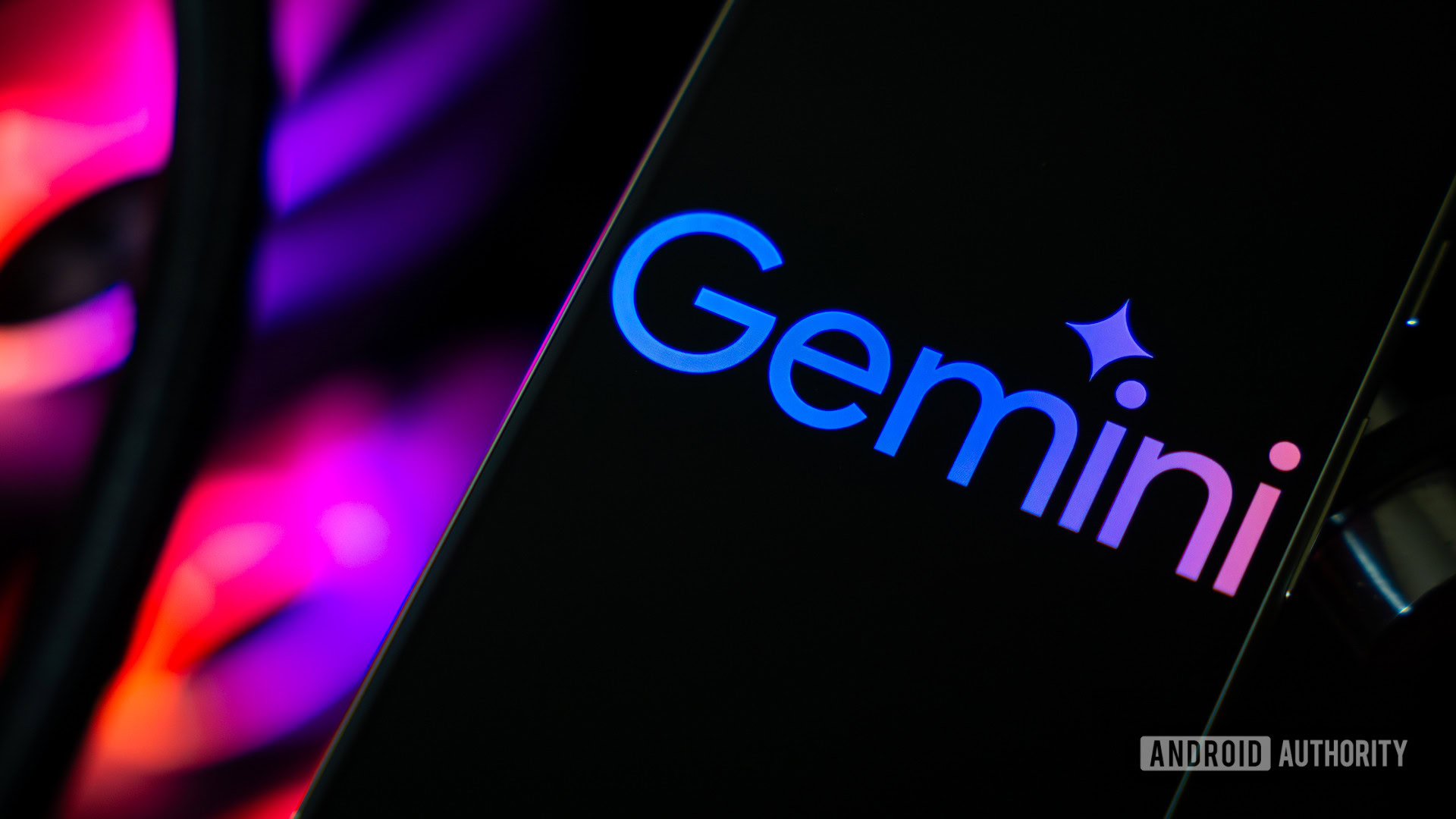Random DIY mixing and More
- By Tor R
- DIY E-Liquid
- 199256 Replies
It's good to be able to help others physically, I haven't been able to exercise or do anything since I gutted my finger on an idiotic Stanley knife.Nice of you to help him.
Now that it's healed it's time to get the urgent things done, like his roof.
Not that it happens that often anymore, but it does happen that we get snow in November, I would have been a nervous wreck myself if my house was without roof tiles at this time of year.


